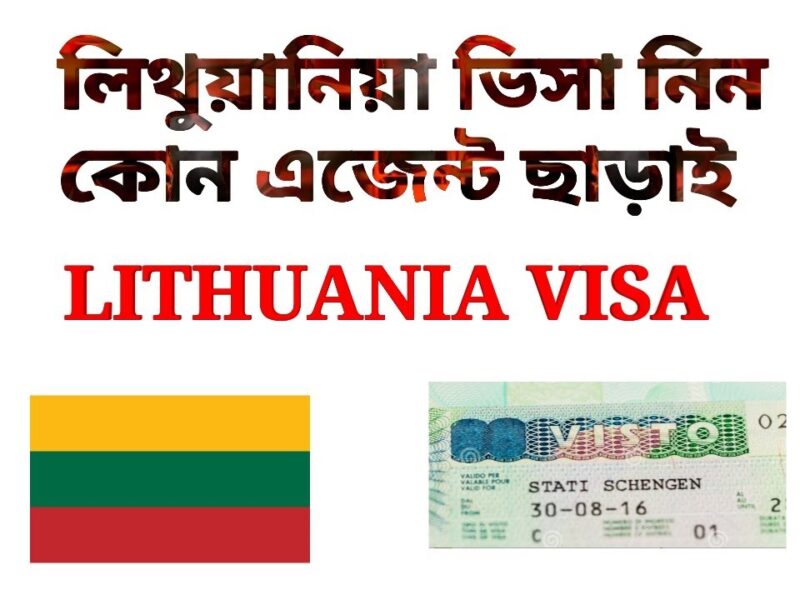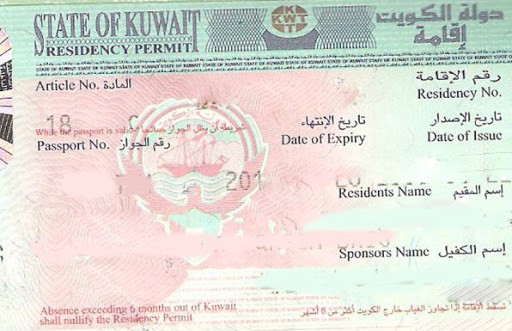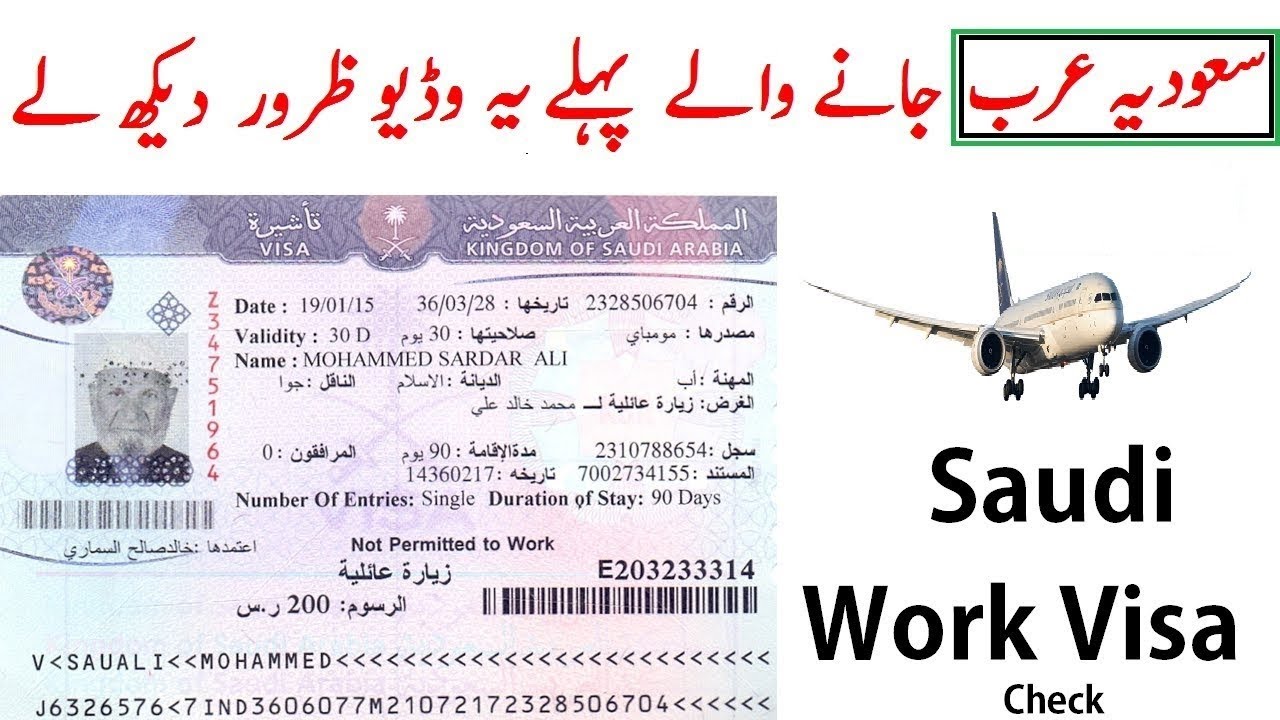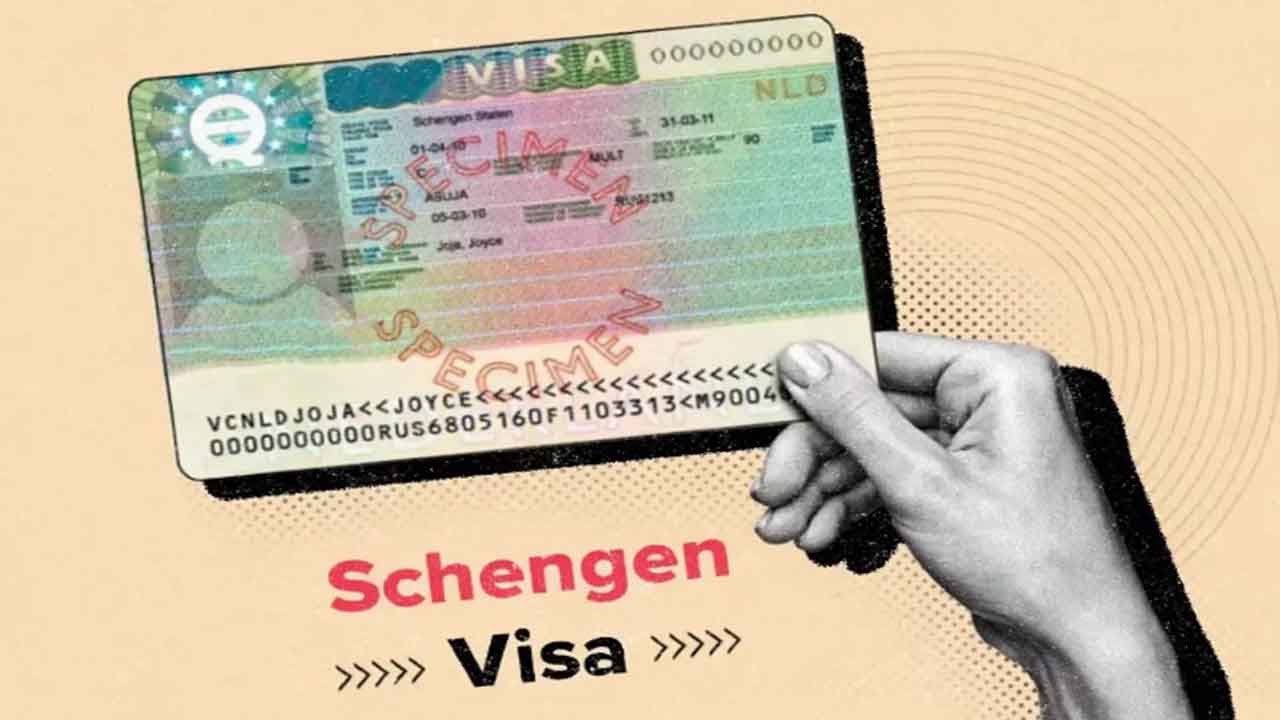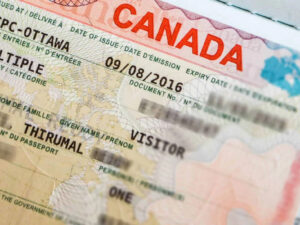Overview — who this guide is for and what you’ll get
This deep guide is for tourists, business visitors, students on short courses and families who must apply for a Lithuania-issued Schengen (short-stay C) visa in 2025. It combines authoritative procedure, up-to-date practical detail, real examples, and hands-on advice I’ve learned from reviewing many visa packs. Read this to understand what consular officers will look for, how to avoid common mistakes, and how to present a clear, convincing application.
Where I cite facts (application system, fees, insurance minima, timeframes), I rely on Lithuanian consular guidance and standard Schengen rules. Key administrative details — how to fill the Lithuania online form (EPM), the usual visa fee, the minimum insurance requirement (€30,000), standard processing time (15 calendar days) and the 6-month earliest application window — are emphasised below so you can act without surprises.
Quick summary — the essentials at a glance
What: Short-stay Schengen (Category C) visa issued by Lithuania for stays up to 90 days in any 180-day period.
Where to start: Complete Lithuania’s Electronic Visa Application (EPM) and print the confirmation; submit at the Lithuanian consulate or the visa application centre covering your area.
When to apply: Earliest 6 months before travel (9 months for seafarers); plan ahead because appointment slots and processing backlogs are real.
Fees & insurance: Standard adult fee ~€90 (local currency equivalent / VAC service fees extra); travel medical insurance with minimum €30,000 coverage is mandatory.
Processing: Typical decision time 15 calendar days, but consulates can extend to 30 or even 60 days in complicated cases.
Why Lithuania
Lithuania is a Schengen Member State; a Schengen visa issued by Lithuania generally allows travel throughout the Schengen Area within the visa validity. However, national consulates implement and check local evidence (invitations, accommodation, financial sufficiency) and may have slight procedural differences — so always consult the Lithuanian consulate or VAC website that serves your country.
Step-by-step application process (practical checklist)
-
Work out the correct embassy/VAC to use. Apply to the Lithuania mission that serves your place of legal residence. If you’ll visit several Schengen countries, apply at the embassy of the country of main destination (longest stay), or the point of first entry if stays are equal.
-
Complete the EPM online form. Lithuania uses an Electronic Visa Application (EPM) system; after submission print, sign and attach your photo.
-
Book appointment at your VAC/consulate and pay any service fees (VACs such as VFS charge handling fees in addition to the consular visa fee).
-
Gather documents (see Table 1 below). Translate non-English documents if required.
-
Attend biometrics & interview. You will normally provide fingerprints and answer a short interview about purpose and ties. Children may be exempt from fingerprints.
-
Wait for the decision. Allow at least 15 calendar days (longer in busy or complex cases). Don’t buy non-refundable travel until you have a visa.
Table 1 — Core documents checklist (what to bring)
| Document | Why it matters | Practical tip |
|---|---|---|
| Completed & signed EPM application (printed) | Official application record | Fill online, print, sign and attach photo. |
| Passport (≥3 months beyond exit; ≥2 blank pages) | Valid travel document | Renew passport if expiry is close. |
| 1–2 biometric passport photos | Identity verification | Use visa photo specs; avoid selfies. |
| Travel medical insurance (min. €30,000) | Mandatory Schengen requirement | Policy must cover whole Schengen area & dates. |
| Proof of accommodation | Hotel bookings, host invitation, rental | Confirm bookings rather than speculative plans. |
| Travel itinerary / flight reservation | Shows entry & exit intent | Use refundable or held reservations if possible. |
| Proof of funds | Bank statements (3 months), payslips, sponsor letter | Explain atypical large deposits. |
| Proof of purpose | Employer/business letter, conference invite, enrolment | Strong purpose reduces suspicion. |
| Biometrics appointment confirmation | Identity & records | Bring appointment receipt. |
Insurance: the one rule you must not treat lightly
Schengen rules require travel medical insurance with minimum €30,000 coverage for medical expenses, repatriation and emergency treatment — valid for all Schengen states and the entire trip duration. Cheap policies sometimes omit repatriation or have high exclusions; consular staff check policy wording. For applicants with chronic illness, buy a policy that covers pre-existing conditions or include a medical stability letter.
Expert note: Upload or bring the insurer’s policy wording and a certificate showing policy number, insured amount and exact validity dates — vague “travel cover” emails often get queried.
How much money do you need? (and how to prove it)
There’s no single EU-wide “per day” sum for Lithuania — consulates assess case by case. Typical evidence: three months of bank statements showing steady income, payslips, employer letter confirming salary and leave, or a host’s financial undertaking.
Real example: A freelancer showed one large, unexplained deposit and was asked to provide invoices/contract evidence. The fix: submit contract copies, client payments and an explanatory letter showing sustainable income. Clear provenance beats a single large balance.
Table 2 — Fees & timing (typical)
| Item | Typical amount / timing | Notes |
|---|---|---|
| Visa fee (adult) | €90 | Local currency conversion and VAC fees apply; fees for children are reduced/exempt. |
| VAC/processing service fee | Varies by provider/country | VFS / local service fees extra. |
| Standard processing time | 15 calendar days | Can be extended to 30 or 60 days in special cases. |
| Earliest application window | 6 months (9 months for seafarers) | Apply early; popular periods fill quickly. |
Common pitfalls and how to avoid them — real, fixable mistakes
-
Pitfall 1 — Booking non-refundable travel before decision
Fix: Use refundable tickets, “hold” reservations or book with free cancellation until visa is issued. -
Pitfall 2 — Weak proof of funds
Fix: Show regular income (3 months of statements), invoices, or a sponsor letter plus their bank statements. -
Pitfall 3 — Insurance that doesn’t meet the wording
Fix: Get a Schengen-specific policy with the insurer’s confirmation letter. -
Pitfall 4 — Inconsistent names/dates across documents
Fix: Correct documents or provide certified name change evidence. -
Pitfall 5 — Too many unnecessary papers
Fix: Prepare a one-page cover letter pointing to key documents and tab the file.
What to expect at the appointment
Bring an organised file with the EPM printout on top. Expect fingerprinting (biometrics) and a short interview about the trip purpose and ties to home.
Officers focus on return intent: stable job, family, property or studies at home are helpful evidence.
Pro tip: Include a short cover letter (max one page) summarising who you are, trip purpose, finances and attachments.
Special situations — invitations, business travel & students
-
Business: Employer letter plus Lithuanian company invitation or conference registration.
-
Visiting family/friends: Host’s ID, proof of address, invitation and sometimes sponsorship/undertaking.
-
Short course/study: Course registration, proof of payment and accommodation.
Table 3 — Practical pre-submission timeline
| Weeks before travel | Action |
|---|---|
| 12–6 weeks | Check passport validity, buy insurance, prepare documents, begin EPM form. |
| 8–6 weeks | Book appointment at VAC/consulate, confirm service fees. |
| 6–2 weeks | Attend appointment, give biometrics and interview. |
| 2–0 weeks | Await decision. Keep refundable travel options open. |
What if your visa is refused?
Refusal letters give reasons. Common grounds: insufficient funds, inadequate insurance, unclear travel purpose, lack of return ties.
Options:
-
Administrative review/appeal (rules vary by country).
-
Reapply after addressing the refusal reasons.
Expert advice: Don’t reapply until you’ve fixed the exact refusal grounds — otherwise you risk repeating the same outcome.
Personal insights & practical tips
-
Clarity beats volume. A short, well-labelled dossier works better than a thick, messy file.
-
Consistency is key. Names and dates must match across all documents.
-
Show structure. Provide a clear itinerary with bookings and contact details.
-
Explain oddities. Proactively clarify irregular income or unusual circumstances.
-
Local variations exist. Always check your local consulate’s specific checklist.
10 Frequently Asked Questions (FAQ)
Q1: How long can I stay on a Lithuania-issued Schengen visa?
A: Up to 90 days in any 180-day period.
Q2: How early can I apply?
A: Up to 6 months before travel (9 months for seafarers).
Q3: What is the minimum travel insurance coverage?
A: €30,000, including repatriation and emergency treatment.
Q4: How long will a decision take?
A: Standard 15 days, but can extend to 30–60 days.
Q5: How much is the visa fee?
A: €90 for adults, reduced/exempt for children.
Q6: Do I need to attend biometrics?
A: Yes, unless exempt (e.g., young children).
Q7: Can I use a travel agent’s flight reservation?
A: Yes, but ensure it’s refundable or held.
Q8: Can I travel to other Schengen countries with this visa?
A: Yes, within the visa’s validity.
Q9: Are VAC service fees refundable if refused?
A: No — both visa and service fees are non-refundable.
Q10: Who should I contact for the most accurate checklist?
A: The Lithuanian consulate or VAC serving your country.
Final checklist — before you walk into the VAC/consulate
-
Passport valid at least 3 months after your planned exit and with at least two blank pages.
-
Printed & signed EPM application with passport-photo attached.
-
Travel insurance certificate showing €30,000 minimum coverage and exact validity dates.
-
Bank statements (3 months), employer letter or sponsor evidence.
-
Confirmed accommodation and itinerary (or a clear host invitation).
-
One-page cover letter summarising trip purpose and attached documents.
